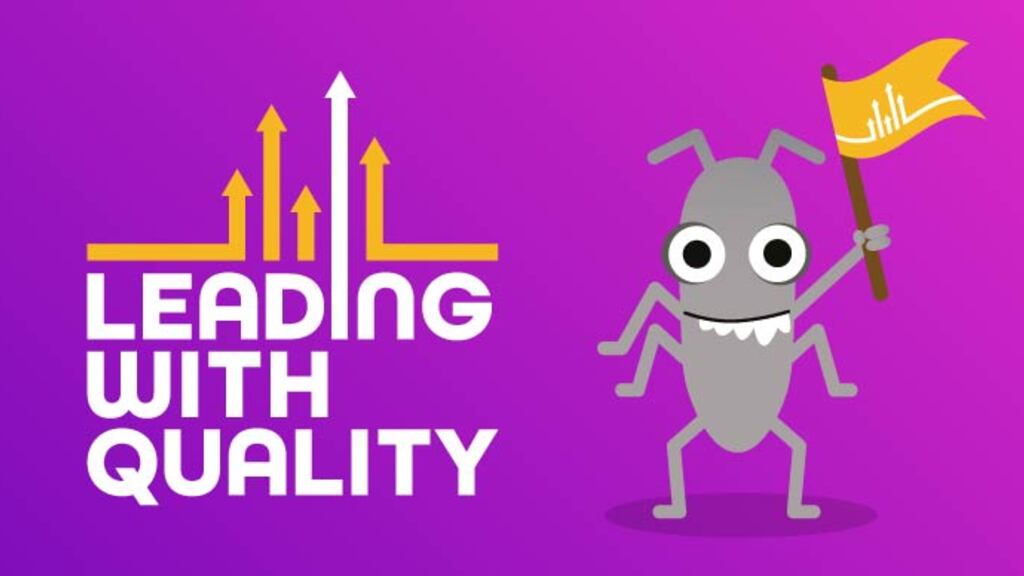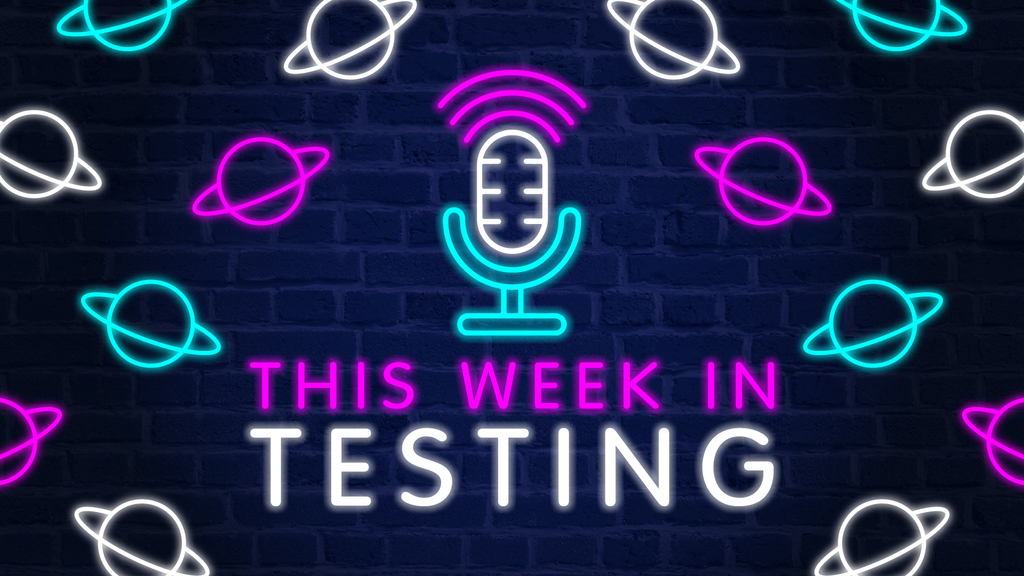What is compliance testing?
Compliance testing verifies that software meets regulatory standards, legal requirements, and industry guidelines. It's how we confirm an application follows the rules that keep it legal, secure, and accessible to users.
Do you have any examples of compliance testing?
A finance app would undergo PCI DSS testing to ensure it properly encrypts credit card data. Healthcare software might be tested against HIPAA requirements to protect patient information. Web applications are often tested against WCAG standards to verify accessibility for users with disabilities.
Each test confirms the software meets specific requirements in its field.
Why is compliance testing important?
Compliance testing protects your company from legal penalties and reputation damage. It builds user trust by demonstrating you take their security and rights seriously. When done properly, it prevents costly fixes later—fixing compliance issues after deployment typically costs much more and often comes hand-in-hand with big fines.
What are the challenges of compliance testing?
Regulations change constantly (well, maybe not constantly, but often every year or so). This forces teams to update test criteria and retrain testers. Different regions also have conflicting requirements (like GDPR vs CCPA for privacy), which creates compliance conflicts. Many teams struggle with vague standards that require interpretation.





